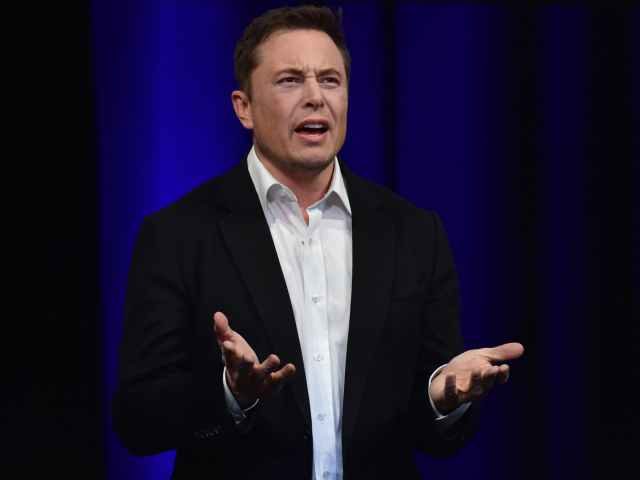According to a report from the Wall Street Journal, investors shouldn’t expect to see much progress from Tesla’s recent capital raise of $2.7 billion, because Elon Musk’s electric car company is running on fumes.
The Wall Street Journal reports that despite Elon Musk’s electric car company Tesla raising $2.7 billion with convertible debt and stock earlier this month, investors shouldn’t expect that money to last long. Tesla posted a 31 percent decline in first-quarter vehicle deliveries recently and lost almost $1 billion in free cash, meaning that the company’s decision to go to capital markets for the first time since August 2017 was likely the right one — but the future of the company remains uncertain.
The WSJ writes that Tesla is facing growing competition in the electric car market, combined with a number of debts owed and poor sales figures the company should be wary of the future.
The WSJ states:
Elon Musk’s decision to shore up Tesla’s finances was certainly the right one given its likely trajectory without fresh cash. The auto maker posted a 31% sequential decline in first-quarter vehicle deliveries and burned nearly $1 billion in free cash. That left Tesla with $2.2 billion in cash and $3.2 billion in accounts payable at the end of the quarter, putting its long-term growth story, and even its medium-term survival, very much in question.
The fresh infusion hasn’t boosted Tesla’s flagging stock price, though. It is down nearly 30% so far this year. In the past, issuing equity usually has sparked a rally. It didn’t assuage debtholders either. Tesla’s senior unsecured bonds due in 2025 yield about 600 basis points more than a comparable U.S. Treasury note—close to a record high.
Tesla has a chance of success if the company can increase positive cash flow from its operations, but this seems unlikely:
Another reason this time has been different: $2.7 billion won’t go nearly as far as in the past. For starters, Tesla spent a net $300 million to hedge its dilution risk from convertibles it just issued. Repaying debts will eat up another large chunk of the fresh cash. A $180 million term loan comes due at the end of June, while about $566 million in convertible bonds mature in November.
Suppliers, too, will take their cut. Tesla could spend the entire remainder of the offering on paying down its bills and still owe vendors about $1.5 billion. Meanwhile, the auto maker says it will devote $2 billion to $2.5 billion this year to capital spending following a meager just $280 million in the first quarter.
Tesla can certainly make that cash last longer by generating positive cash flow from its operations. Free cash flow in the final six months of 2018 was nearly $1.5 billion.
A repeat performance is unlikely, though. Tesla benefited from years of pent-up demand for the Model 3 sedan in those quarters. Now it faces a shrunken retail presence, reduced U.S. tax incentives and the aforementioned wave of competitors.
The WSJ suggests that Tesla take further cost-cutting measures, despite the company already shutting down dealerships worldwide and laying off as many as 1000 employees:
The company can conserve cash in other ways, like reducing capital spending or laying off more employees. But such moves risk further impairing its shaky growth prospects and suddenly fragile stock price. A recent flurry of IPOs shows that capital markets are, for now, still willing to fund unprofitable growth stories.
Given that backdrop, Tesla would be wise to sell more stock when it can, not when it must.
Read the full report at the Wall Street Journal here.
Lucas Nolan is a reporter for Breitbart News covering issues of free speech and online censorship. Follow him on Twitter @LucasNolan or email him at lnolan@breitbart.com

COMMENTS
Please let us know if you're having issues with commenting.